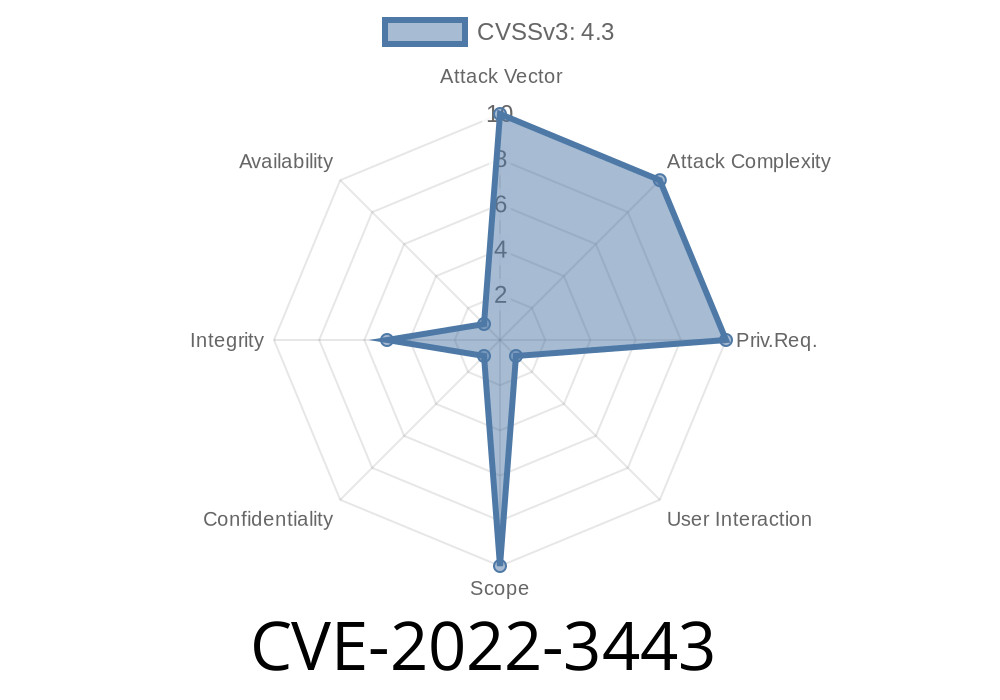The latest vulnerability, identified as CVE-2022-3443, affects Google Chrome's File System API, allowing a remote attacker to bypass File System restrictions through a crafted HTML page. This issue was observed in versions prior to 106..5249.62 and has been marked with a low severity rating by Chromium security.
In this post, we are going to dive deep into the details of the vulnerability, understand its implications, look at a sample code snippet, and explore ways to mitigate the risk it poses. So, without further ado, let's get started!
Understanding CVE-2022-3443: The Vulnerability in Chrome's File System API
At the heart of CVE-2022-3443 lies the insufficient data validation in Google Chrome's File System API. If exploited, this vulnerability allows a remote attacker to bypass File System restrictions via a crafted HTML page. In simple terms, this means an attacker can potentially read, write, or delete files on the user's system.
Here's a sample code snippet that demonstrates how an attacker might exploit this vulnerability
<!DOCTYPE html>
<html>
<head>
<title>Exploit for CVE-2022-3443</title>
<script>
function exploit() {
const input = document.createElement('input');
input.type = 'file';
input.multiple = false;
input.ondrop = async (e) => {
e.preventDefault();
const files = await e.dataTransfer.files;
const reader = new FileReader();
reader.onload = function (event) {
const content = event.target.result;
// Do something malicious with content here
}
reader.readAsText(files[]);
}
document.body.appendChild(input);
}
</script>
</head>
<body onload="exploit()">
<h1>CVE-2022-3443 Sample Exploit</h1>
Drop a file here to execute the exploit.
</body>
</html>
For a detailed understanding of this vulnerability, please refer to the following original sources
1. Chromium Bug Tracker - Here, you can find specific details about the vulnerability, as well as discussions on its impact and severity.
2. Chromium Security Advisories - In this blog, you can keep up to date with Chrome's latest security updates and fixes.
The FileReader instance reads the content of the dropped file as text.
4. Once the reading is finished, the onload event is triggered, allowing the attacker to access the file content and potentially perform malicious activities.
Mitigating CVE-2022-3443 Vulnerability
Considering that CVE-2022-3443 has a low severity rating and affects only Google Chrome versions prior to 106..5249.62, the primary mitigation technique is to update Google Chrome to the latest stable version.
Navigate to "Help" > "About Google Chrome."
3. The browser's current version number will be displayed, and an update will automatically start if an outdated version is detected.
Conclusion
Now that we understand the nature of the CVE-2022-3443 vulnerability and have seen how it can be exploited, it is essential to stay vigilant and keep our browsers updated to the latest versions. By doing so, we protect ourselves from potential risks, ensuring a safer browsing experience.
Timeline
Published on: 11/01/2022 20:15:00 UTC
Last modified on: 11/10/2022 00:15:00 UTC
